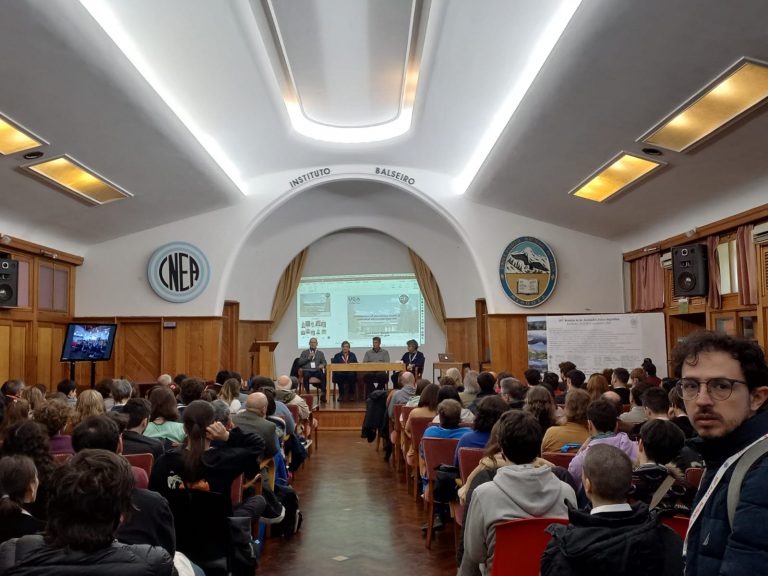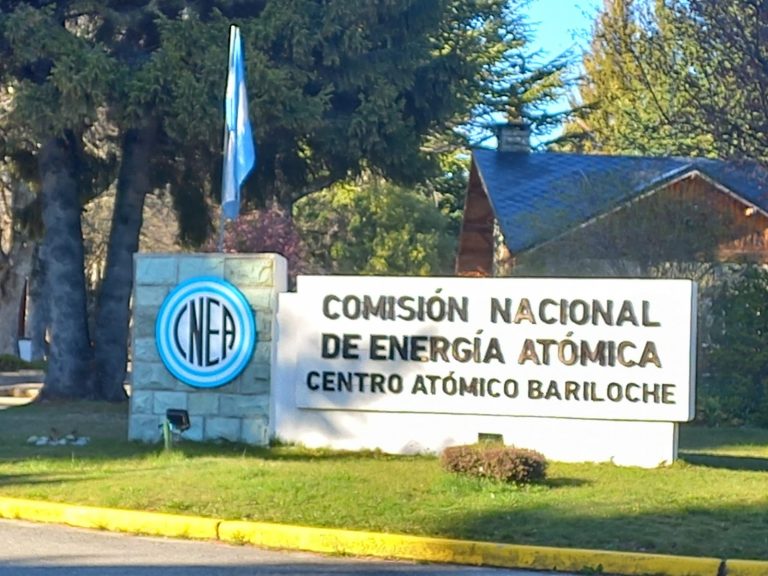UTP Engineering Physics Professor Participates in Physics Congress in Argentina
The Bariloche Atomic Center (CAB) is a nuclear energy research and development center that is part of the National Atomic Energy Commission (CNEA) in Argentina, and where the 107th Meeting of the Physics Association was held from September 27 to 30. Professor Iván Darío Arellano, attached to the Engineering Physics program and director of the research group in computational modeling and simulation – GIMOSIC, participated in this event with the presentation Electronic and structural properties of the semiconductor GaAs doped with Al or In with applications in photovoltaic cells. In total, more than 800 papers were presented during the event.
During his visit to the city of Bariloche, Professor Arellano visited the facilities of INVAP, a high-tech Argentine company dedicated to the design, construction and operation of nuclear energy equipment, space technology, and medical and scientific equipment. For this reason, Argentina is classified as a Latin American power in the production of electricity through nuclear fission, and in the production of radioisotopes that are later used in nuclear medicine for the treatment of various types of cancer, in agriculture for the decontamination of food, and in industry.

In addition, in one of the plenary talks in the condensed matter session, Professor Arellano engaged in conversation with the director of the Optoelectronic Devices and Sensors research group, with the aim of developing joint research work, expanding academic opportunities for our university community. This group is in charge of the maintenance and supervision of the CAB clean room. The research is oriented towards the development of sensors, devices, and systems and processes related to the micro and nanofabrication of metal-oxide semiconductor (CMOS) integrated circuits, the effects of ionizing radiation on integrated circuits, the design and characterization of microelectromechanical systems (MEMS), superconducting detectors, resistive memories, microfluidic systems, high-resolution lithography, development of new composite materials with photovoltaic applications, piezo-resistive sensors and haptic systems. Work is also carried out on the growth, characterization and design of III-V semiconductor heterostructures by molecular beam epitaxial growth (MBE), allowing the development and study of hybrid systems, two-dimensional electron gases, Hall sensors, far-infrared semiconductor detectors and quantum cascade lasers (QCLs).
Finally, an important relationship was established for our student community in the field of postgraduate studies at the Balseiro Institute in Bariloche. The postgraduate studies are: Master’s in Physical Sciences, Master’s in Medical Physics, Doctorate in Physics and Doctorate in Nuclear Engineering.
